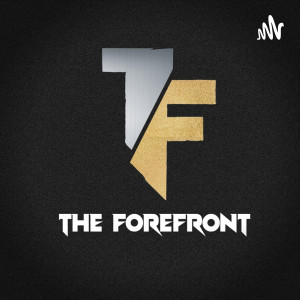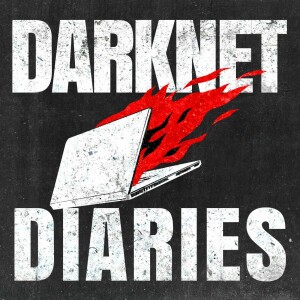

From the parking lot, undercover officers surveilling Ms. Taylor’s apartment before a drug raid saw only the blue glow of the television.
When they punched in the door with a battering ram, Mr. Walker, fearing an intruder, reached for his gun and let off one shot, wounding an officer. He and another officer returned fire, while a third began blindly shooting through Ms. Taylor’s window and patio door. Bullets ripped through nearly every room in her apartment, then into two adjoining ones. The...
From the parking lot, undercover officers surveilling Ms. Taylor’s apartment before a drug raid saw only the blue glow of the television.
When they punched in the door with a battering ram, Mr. Walker, fearing an intruder, reached for his gun and let off one shot, wounding an officer. He and another officer returned fire, while a third began blindly shooting through Ms. Taylor’s window and patio door. Bullets ripped through nearly every room in her apartment, then into two adjoining ones. They sliced through a soap dish, a chair and a table and shattered a sliding-glass door.
Ms. Taylor, struck five times, bled out on the floor.
Breonna Taylor has since become an icon, her silhouette a symbol of police violence and racial injustice. Michelle Obama and Kamala Harris spoke her name during their speeches at the Democratic convention. Oprah Winfrey ceded the cover of her magazine for the first time to feature the young Black woman, and paid for billboards with her image across Louisville. Beyoncé called for the three white officers who opened fire to be criminally charged. N.B.A. stars including LeBron James devoted postgame interviews to keeping her name in the news.
In Louisville, demonstrators have led nightly protests downtown, where most government buildings and many businesses are now boarded up. As outrage mounted, the city fired one of the officers, pushed out the police chief and passed “Breonna’s Law,” banning “no-knock” warrants, which allow the police to burst into people’s homes without warning. Protesters say that is not enough.
Nearly six months after Ms. Taylor’s killing, the story of what happened that night — and what came before and after — remains largely untold. Unlike the death of George Floyd, which was captured on video as a white police officer in Minneapolis knelt on his neck, Ms. Taylor’s final moments remain in shadow because no such footage exists.
But a clearer picture of Ms. Taylor’s death and life, of the person behind the cause, emerged from dozens of interviews with public officials and people who knew her, as well as a review of over 1,500 pages of police records, including evidence logs, transcripts of jailhouse recordings and surveillance photos. The Louisville Metro Police Department, citing a pending investigation, declined to answer simple questions about the case or make anyone available for interviews.
The daughter of a teenage mother and a man who has been incarcerated since she was a child, Ms. Taylor attended college, trained as an E.M.T. and hoped to become a nurse. But along the way, she developed a yearslong relationship with a twice-convicted drug dealer whose trail led the police to her door that fateful night.
---
This episode is sponsored by
· Anchor: The easiest way to make a podcast. https://anchor.fm/app
---
Send in a voice message: https://anchor.fm/theforefront/message
Support this podcast: https://anchor.fm/theforefront/support
View more
Comments (3)
More Episodes
All Episodes>>Create Your Podcast In Minutes
- Full-featured podcast site
- Unlimited storage and bandwidth
- Comprehensive podcast stats
- Distribute to Apple Podcasts, Spotify, and more
- Make money with your podcast
It is Free












